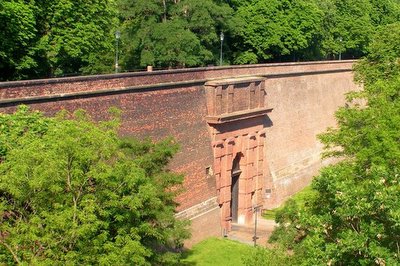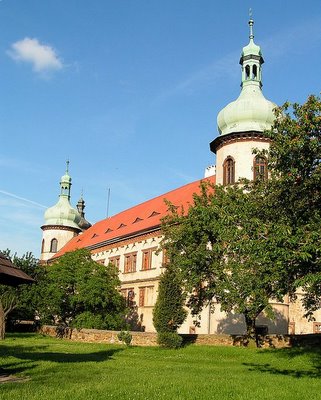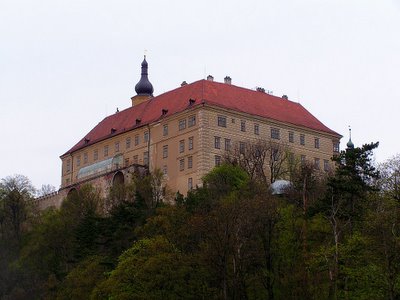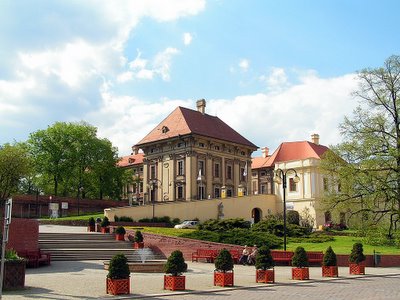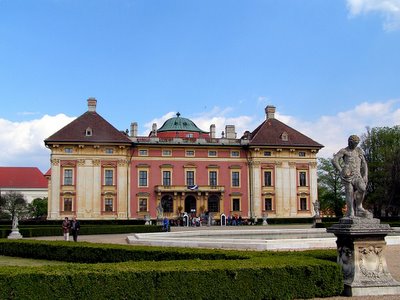
Krivoklat Castle is located about 40 km west of Prague. It was built in the late 13th century as a hunting lodge, a weekend getaway for the Premyslid Princes and the seat of the royal master of hounds. Later, Wenceslas I built a stone castle on the spot and Charles IV used it in the 14th century.
Krivoklat Castle is located about 40 km west of Prague. It was built here in the 13th century during the rule of Premysl Otakar II as a summer seat and hunting lodge for royalty. In 1422 the Krivoklat Castle was damaged by Hussites and later, in the years 1493 - 1522, restored by King Vladislav Jagiello, who built the vaulted Gothic hall that has many resemblances with the famous Vladislav Hall at the Prague Castle.
Czech King and Holy Roman Emperor Charles IV. spent his early childhood here before being sent off to France. Habsburgs used the Krivoklat Castle as a prison. In its round tower English alchemist Edward Kelley was incarcerated for two and a half years for failing to reveal the secret of the philosopher's stone to Rudolf II.
Current appearance of the Krivoklat Castle dates from 1826, when the Furstenberg family extensively restored it after a fire. The reconstruction was made by Czech architects Joseph Mocker and Karel Hilbert.
The photo was taken in November 2005.
Tags: Krivoklat, Bohemia, Czech Republic, castle, gothic, architecture, Premysl, Charles IV, Vladislav Jagiello, Furstenbergs, Joseph Mocker, Karel Hilbert



